The Million-Dollar Question: Can You Really Measure a Feeling?
Picture this scenario: You’re sitting in a boardroom, confidently presenting your brand’s latest campaign results. Your CEO nods approvingly at the creative work, but then comes the inevitable question:
“We know our customers love us, but my board wants a chart. How do I put a number on ‘warm fuzzies’ and ‘brand loyalty’?”
If you’ve ever found yourself in this position, you’re not alone. The challenge of quantifying emotional brand equity has puzzled marketers for decades.
The Analytics Age Demands Measurable Emotions
Here’s the reality: branding is the emotional side of business, but in today’s data-driven world, what can’t be measured often can’t be managed—or funded. The good news? Customer feelings translate directly into quantifiable behavior patterns that smart businesses can track, analyze, and optimize.
It’s time to stop looking at brand as a necessary expense and start viewing it as a measurable asset with genuine Emotional Equity.
5 Essential Metrics to Measure Your Brand’s Emotional Core
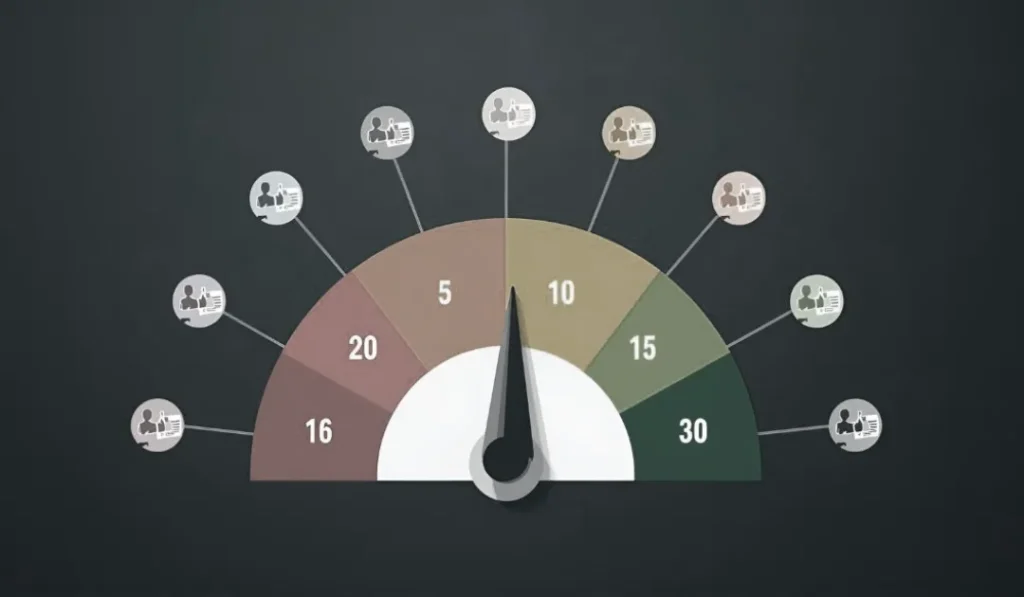
1. Net Promoter Score (NPS): The Advocacy Thermometer
What it measures:
Customer advocacy and emotional commitment
The beauty of NPS lies in its simplicity. That single, powerful question—“How likely are you to recommend us?”—serves as the ultimate test of emotional commitment.
Why it matters
A promoter isn’t just satisfied; they’re willing to risk their personal reputation for your brand. That’s emotional investment at its finest.
Real-World Example
Apple’s consistently high NPS scores over the years reflect something far deeper than product satisfaction. They reveal a community of customers who view recommending Apple products as a badge of personal identity and taste.
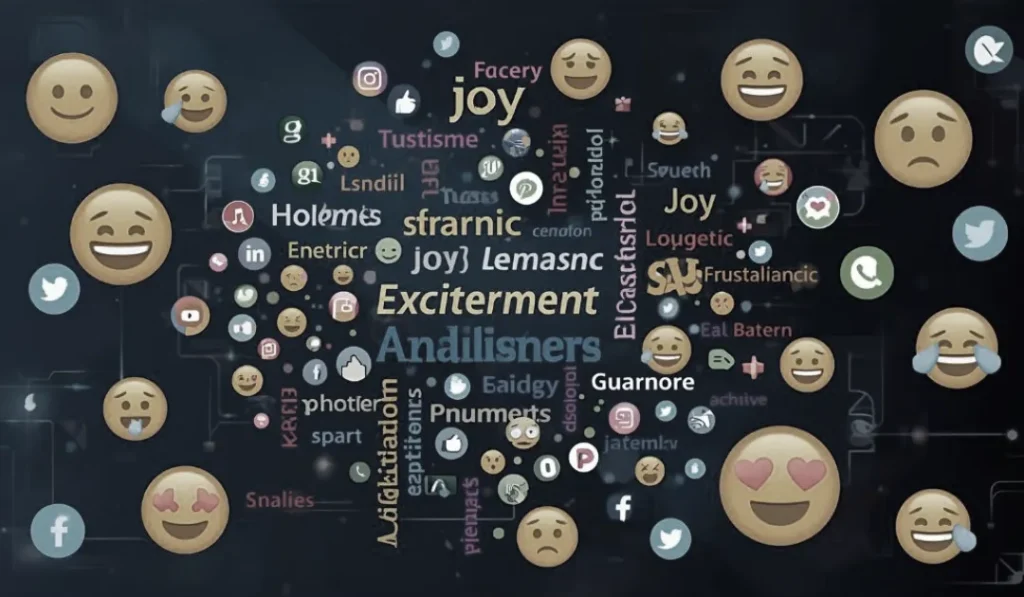
2. Emotional Sentiment Score: Real-Time Feeling Tracker
What it measures
The intensity and type of emotions associated with your brand
This goes far beyond simple positive/negative sentiment analysis. Using advanced AI tools to analyze social media mentions, customer reviews, and call transcripts, you can track specific emotions like “joy,” “frustration,” “excitement,” or “disappointment.”
Why it matters
Emotions change rapidly, and this metric gives you real-time insights into your brand’s emotional health.
Real-World Example
A quick-service restaurant chain noticed a spike in “disappointment” emotions specifically related to their delivery service through social listening. This early warning allowed them to identify and fix the emotional pain point before it impacted broader brand perception.
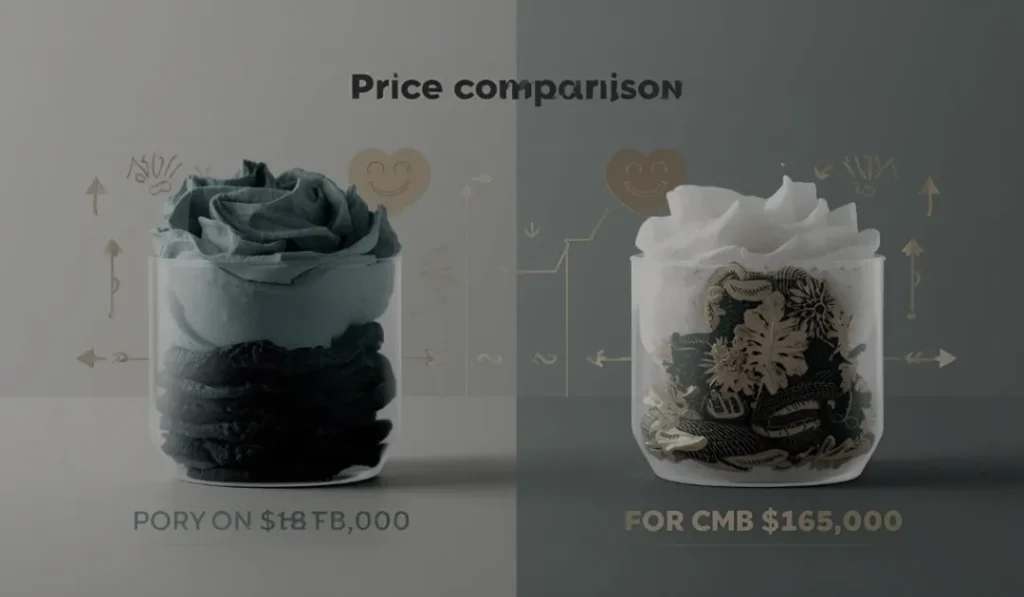
3. Willingness to Pay Premium (WTP): The Financial Value of Feelings
What it measures
How much customers will pay for the emotional value your brand provides
This metric represents the financial quantification of emotional equity. When customers choose your product over a functionally identical but cheaper competitor, they’re literally paying for the emotion, status, or identity your brand delivers.
Why it matters
It directly connects emotional connection to revenue impact.
Real-World Example
Nike consistently commands premium prices for athletic wear compared to functionally similar competitors. Customers aren’t just buying shoes—they’re investing in the emotional association with peak performance, aspiration, and the empowering “Just Do It” mindset.

4. Brand-Self Congruence: The Identity Alignment Score
What it measures
How deeply customers identify with your brand values
Typically tracked through surveys measuring how well a brand’s values align with customers’ personal values, this metric reveals the depth of emotional connection.
Why it matters
When customers feel your brand reflects who they are, the emotional bond becomes virtually unbreakable.
Real-World Example
Patagonia customers consistently pay premium prices not just for high-quality gear, but because the brand’s unwavering commitment to environmental activism perfectly aligns with their personal belief systems. This creates emotional loyalty that transcends price sensitivity.
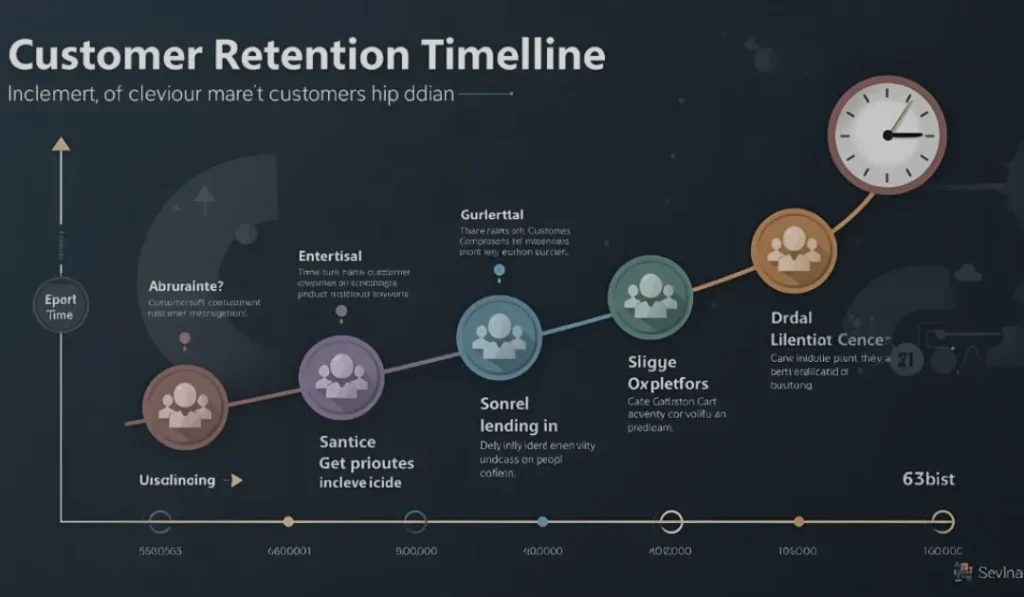
5. Customer Lifetime Value (CLV) & Retention Rate: Sustained Loyalty Indicators
What it measures
The long-term behavioral outcome of emotional connection
While these are financial metrics, high retention rates and CLV are the behavioral manifestations of strong emotional bonds. When experiences consistently deliver emotional satisfaction, customers simply don’t leave.
Why it matters
It proves that emotional connection drives sustainable business results.
Real-World Example
Spotify tracks how long premium members maintain their subscriptions. A member who stays subscribed for five years isn’t just satisfied with the app’s functionality—they’re emotionally connected to the platform as their personal gateway to musical discovery and comfort.
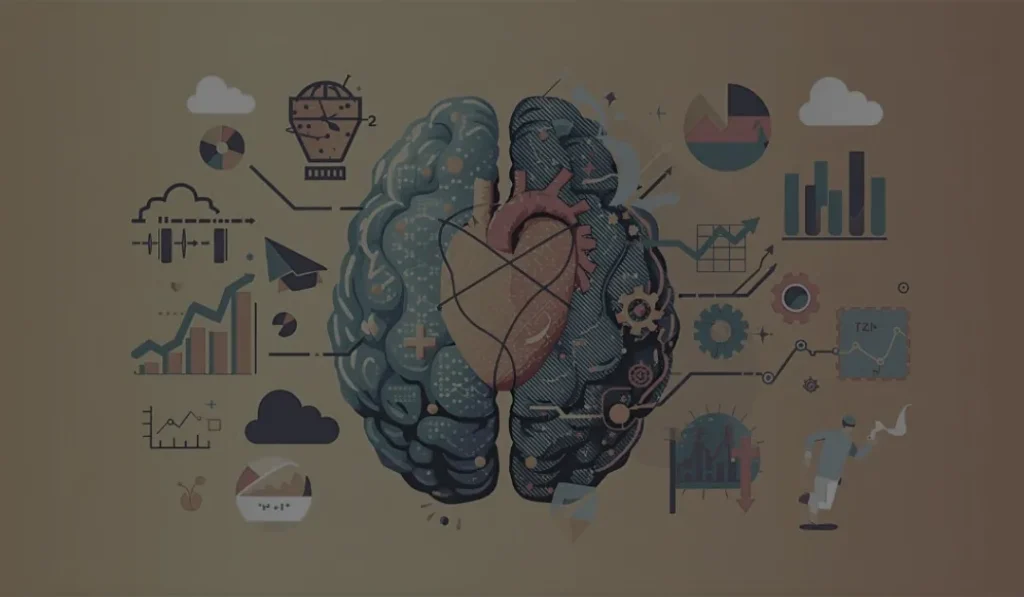
Emotion IS Your Most Valuable Data Point
The paradigm shift is clear: emotion is not a distraction from data—it IS the most valuable data point in modern marketing.
By systematically measuring these five emotional equity metrics, you transform abstract feelings into actionable growth strategies. You give your board the charts they want while building the emotional connections that drive sustainable business success.
Ready to Measure What Matters?
The brands that thrive in the next decade won’t just track downloads, clicks, and conversions. They’ll be the ones that master the art and science of measuring emotional equity.
Because at the end of the day, customers don’t just buy products—they buy feelings, identity, and belonging.
And yes, you absolutely can put a number on that.
Want to dive deeper into emotional brand measurement strategies? Connect with our team at Raycreate for a comprehensive brand audit that reveals your emotional equity score.
